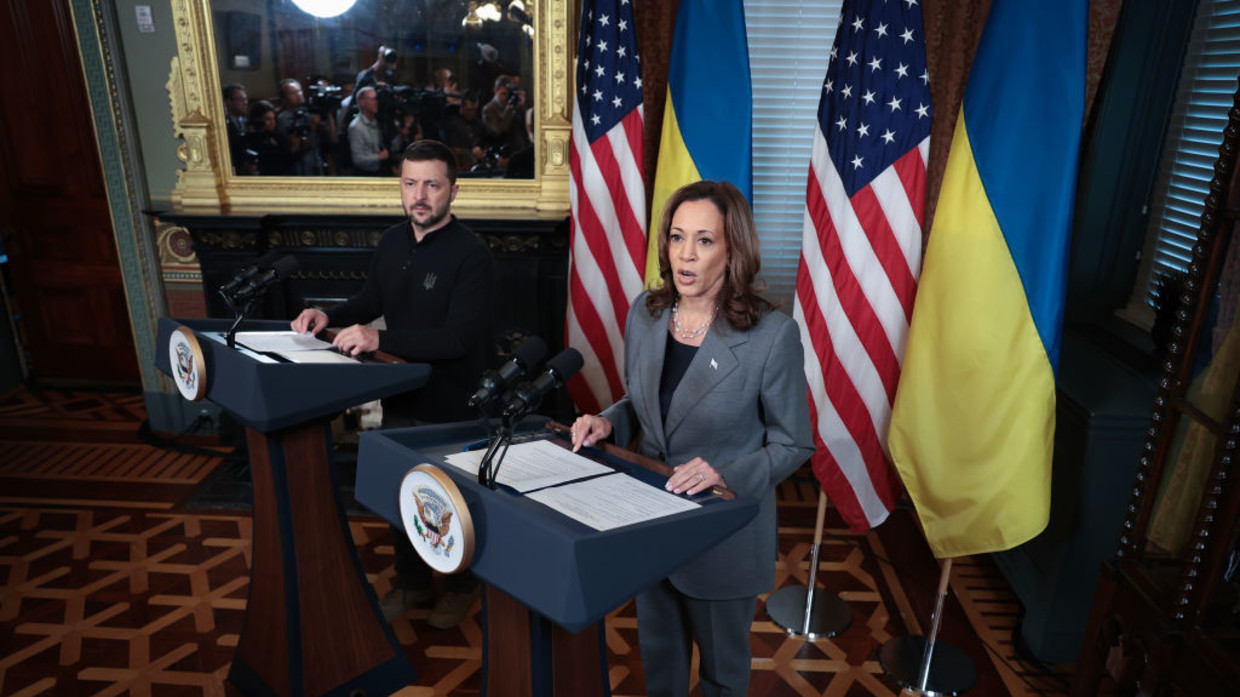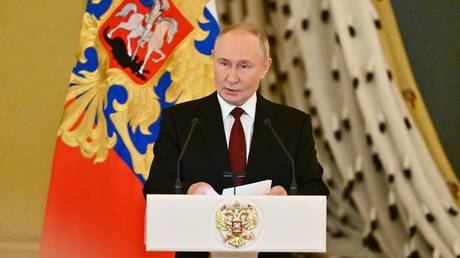Since the beginning of the first military phase of the Ukrainian crisis in 2014, Kiev has been actively supported by the United States and its allies. The West’s strategy in the structural confrontation with Russia is aimed at inflicting a defeat on our country without getting directly involved in the conflict. The scenario of hybrid confrontation is not new for Washington. In the Middle East it uses hybrid tools against Iran; to oppose China it utilizes Taiwan and its other partners in the region – the Philippines, South Korea, Japan. In confronting Moscow, the US and its allies in Western Europe have also found a convenient instrument – Ukraine, a large state in close proximity to Russia with a large army. Western countries supply this instrument with arms and intelligence and send military advisers and trainers.
The ‘Ukrainian instrument’ will be used for several adventures and then, when its resources are exhausted, it will be abandoned as it will become useless. Such a scenario calls into question the state of Ukraine’s own future. However, this issue does not seem to be on the Kiev government’s radar. Dependent on Western support, it has effectively abandoned its real national interests. For this reason, the authorities in Kiev are unwilling or unable to take steps towards a real settlement. They believe that as long as the front holds, the crisis can continue – and they see the advantage of privileged relations with the US. The downside is that the United States sees Ukraine as an expendable resource for its own interests.
Either the authorities in Kiev do not understand that the interests of the US and those of Ukraine are different and will eventually diverge, or they are trapped because they’ve staked all their political capital on a war scenario. When a country becomes a tool, its authorities do not take responsibility for the consequences of their actions. It does not matter whether they win or lose: if they win, they will be convinced of their political foresight and superiority; if they lose, they will simply leave the country. If the conflict is not resolved, Ukraine faces the prospect of becoming a militarized, unstable enclave in Eastern Europe, constrained in its development and dependent on instructions from Washington.
We can see that there is a lot of hope for Ukraine in Western countries, even though its defeat is inevitable. That’s why the news obsesses about tales of the US authorizing Kiev to use some kind of new weapon or to provide fresh military supplies or intelligence.
For Russia, these are sensitive and painful steps that will cause human casualties on our side. But the overall dynamics of the conflict are extremely negative for Kiev. Ukraine’s own resources are limited, and the army divisions currently being formed, according to Ukrainian and Western sources, are not getting sufficient modern equipment. The pace of Russian troop advances is increasing by the day – even though Moscow is not inclined to make excessive efforts to achieve its goals in this conflict. All this points to a noticeable depletion of the ‘Ukrainian resource’.
The possibility of a radical change in the strategic situation cannot be completely ruled out: if the Ukrainian front collapses, the direct involvement of individual NATO countries in the conflict will be possible. At the moment, however, as Polish Foreign Minister Radoslaw Sikorski has said, Western European states have “no desire” to become directly involved.
The inevitable defeat of Ukraine will be a major blow to the reputation of the US, and Washington will do its best to avoid it. Sun Tzu, the author of the ancient Chinese treatise ‘The Art of War’, proposed the maxim that there are three types of war: the best option is to defeat the opponent’s plans, the second is to defeat his alliances, and the third is to defeat him on the battlefield. At the present stage, the military conflict is being fought in all three dimensions.
For the US, the situation on the battlefield in the Ukrainian theatre is not going well. In the midst of an election cycle, officials have no real success to speak of. The US strategy is to push Russia to make some indiscreet move that will upset our plans and destroy our alliances. Washington will constantly be looking for ways to inflame tensions and push Moscow up the escalation ladder.
In this context, the calm, firm line that Russia is now taking in international affairs is a demonstration of confidence and strength. This is how we will achieve our goals.
This article was first published by Valdai Discussion Club, translated and edited by the RT team.


